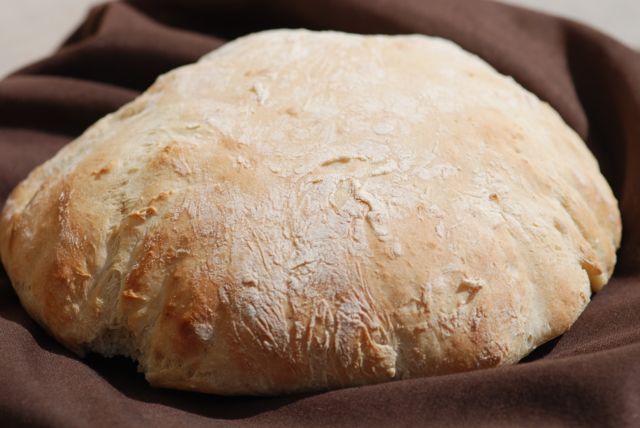To continue celebrating National Poetry Month, let’s take another look at the poets who wrote some classic children’s poems with suggested activities to accompany them. Will you join us? Please feel free to include your poets, poems, ideas, and links in the comments.
___________________________________________
Sometimes poems about everyday things can evoke special memories.
Bread Making
Mother’s kneading, kneading dough,
In and out her knuckles go;
Till the sticky, shapeless lump
Grows a pillow, smooth and plump.Then she cuts it, pops it in
To the neatly buttered tin,
Leaves it rising high and higher,
While she goes to make the fire.How the glad flames leap and roar,
Through the open oven-door;
Till their hot breath, as they play,
Makes us wink and run away.When they’ve burnt to embers red
Mother shovels in the bread
And that warm, delicious smell
Tells her it is baking well.When it’s golden, just like wheat,
We shall get a crust to eat;
How I wish we could be fed
Every day on new-made bread!~ E. L. M. King
From One Hundred Best Poems for Boys and Girls, compiled by Marjorie Barrows (available online at the University of Florida)
This poem would go well with A. A. Milne’s The King’s Breakfast (link to the Poetry Foundation).
Poetry Activities with Children:
1. Read and share more poems from One Hundred Best Poems for Boys and Girls, compiled by Marjorie Barrows (available online at the University of Florida).
2. Discuss how making bread and butter these days might be different than portrayed in the poems.
3. Make some easy homemade bread (recipe at Your individual Taste).
4. Investigate the science of yeast at Growing with Science.
5. Look for even more suggestions for poetry activities with children at our previous post about Christina Rossetti.
What fun activities will you be doing to celebrate Poetry Month?









